
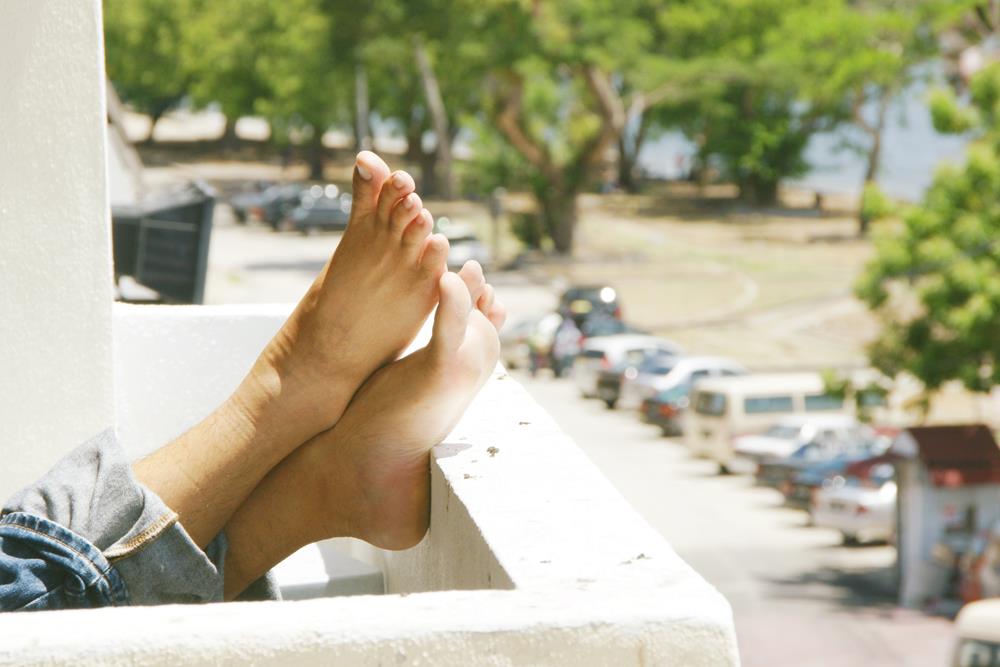
Bunions
A bunion is a bony bump that forms on the joint at the base of your big toe. They can develop from an inherited structural defect, excess stress on your foot, or can result from an existing medical condition.
For the most part, bunions require no medical treatment. However, if you are experiencing one or more of the following, a podiatrist can help alleviate your symptoms.
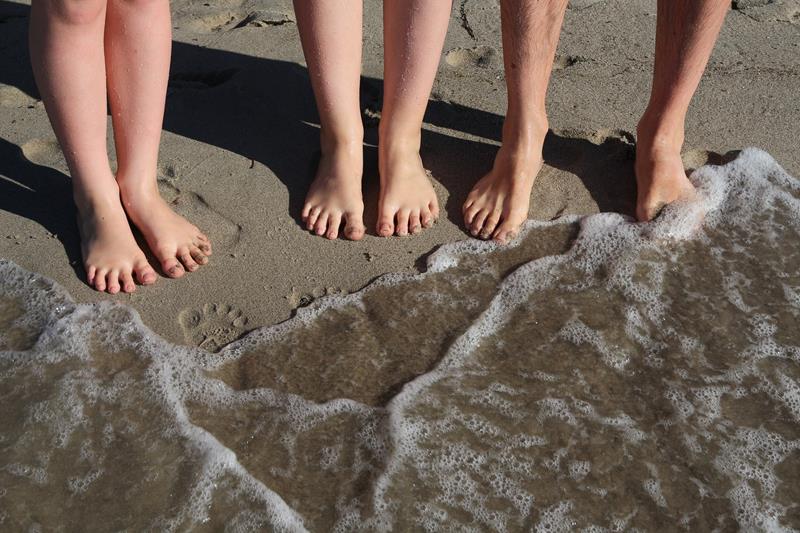
Hammertoes
Hammertoe is a deformity where one or both joints of the second, third, fourth or fifth toes begin to bend outside of their normal alignment. Pressure can begin to weigh heavy on the toes as you wear shoes which is where pain and other symptoms develop.
Hammertoes typically begin with small symptoms and deformities and continue to worsen with time. In its beginning stages, hammertoes are often impressionable which means they can be controlled using minimal treatment. It is important to know the signs of hammertoes to get them evaluated early. If left untreated, hammertoes can become more firm and difficult to manipulate, requiring surgery.
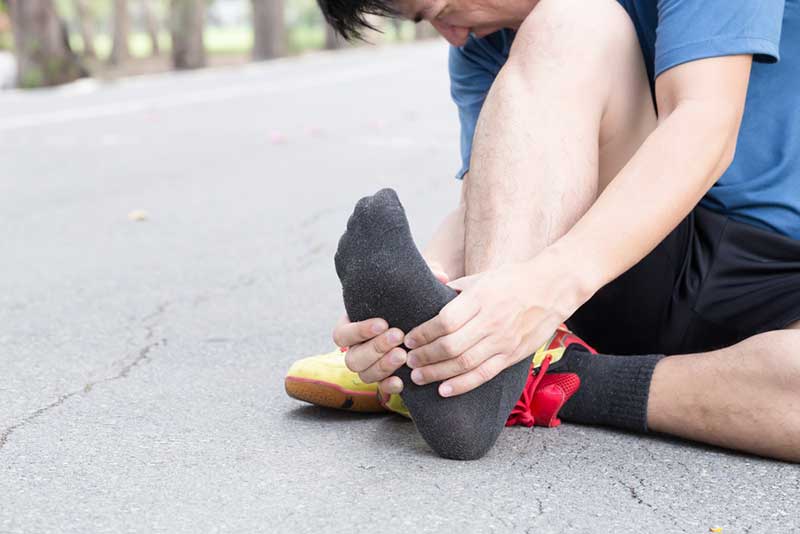
Heel Spurs/Plantar Fasciitis
Heel spurs occur in at least 50% of people who have plantar fasciitis. Past treatments for heel spurs, a bony growth that begins on the front of your heel bone and points toward the arch of your foot, included surgery to remove the growth. Nowadays, surgery is rarely a treatment option and more plans for physical therapy, ice, and pain medications are used to treat heel spurs.

Ankle Instability
Chronic ankle instability is usually caused by repeated ankle sprains and is described as the gradual giving way of the outside of the ankle. Some symptoms of ankle instability include constant inflammation or swelling, tenderness, and instability in the ankle. After a sprained ankle, the ligaments become stretched and torn. Proper rehabilitation is required to strengthen the muscles around the ankle and rehabilitate the tissues within the ankle that affect your balance. In addition, physical therapy, medications, and bracing can help treat chronic ankle instability. Failure to do so may result in repeated ankle sprains, or possibly surgery.

Flat Feet
Flat foot is a condition where the arches on the inside of your feet are flattened which causes the sole of the foot to touch the floor when standing upright. It is likely for flat feet to be caused by the arches not fully developing during childhood and is considered a very common and painless condition. On the other hand, flat feet can occur after an injury or from the normal aging process.
While it is common not to experience any pain or symptoms of flat feet, some people do tend to sense pain in the heel or arch area. Physical activity can irritate the area and inflame the foot along the inside of the ankle. This can be caused by the tendon that is supporting the arch being stretched as it is depreciating.

Achilles Tendonitis
Achilles tendinitis is caused by overuse of the band of tissues that connects the lower region of your calf muscle to your heel bone, also known as your Achilles tendon. Those at a higher risk for Achilles tendinitis are runners engaging in intense training or middle-aged people who participate in sports on occasion.

Neuromas
A neuroma can occur in many areas of the body when nerve tissue thickens. Morton’s neuroma is the most typical neuroma that occurs in the foot and it occurs between the third and fourth toes. Also known as an intermetatarsal neuroma, the name describes its location in the ball of the foot.
Compression and irritation typically cause the nerve tissue to thicken. This pressure creates inflammation of the nerve, ultimately causing untreatable damage to the nerves in the foot.

Ankle Sprains
A sprained ankle occurs when you twist your ankle in an abnormal way causing the ligaments holding your ankle bones together to stretch or tear. Most sprained ankles involve injuries to the ligaments on the outer side of the ankle. Treatment for a sprained ankle depends on the severity of the injury. Although you may just need proper rest and pain medications to heal, it is important to have the sprain looked at by a professional to determine the severity and proper treatment.
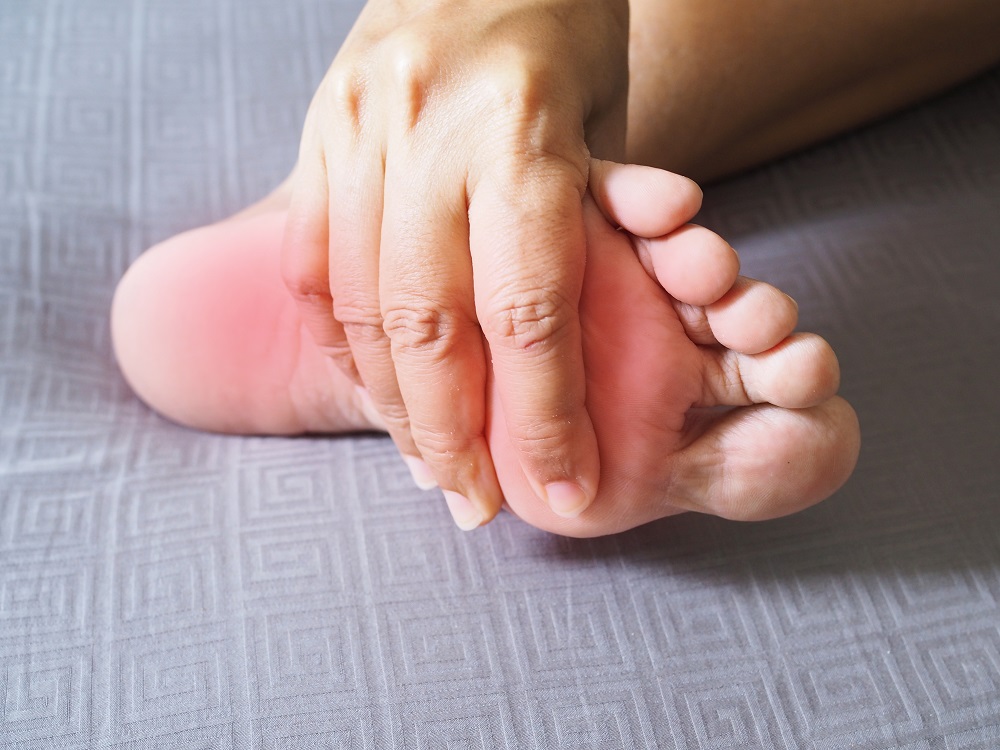
Foot Fractures
Since nearly one-fourth of the bones in our body are in our feet, fractures of the foot are common and rarely debilitating. There are two types of fractures. A stress fracture typically occurs in the space between the toes and middle of the foot, usually as a result of a physical activity gone awry. These fractures are only on the surface of the bone. General bone fractures extend through the bone. These injuries are usually caused by trauma to the foot.
Depending on the fracture and placement, different treatments will be discussed. Foot fractures typically heal on their own, although more serious cases may require surgery.
It is important to seek medical attention as soon as possible if you suspect your foot is fractured so treatment can begin right away.
request an appointment
Ankle Pain
The foot and ankle are highly specialized structures that absorb the weight of the body and enable us to move. Experts estimate that the force and pressure on your feet when walking can be up to two times your body weight. This pressure can increase with more vigorous movements such as running and jumping. With so much pressure on your feet and ankles, they undergo a lot of wear and tear throughout your life and are highly susceptible to injury and trauma.
The foot and ankle are a complex system of bones, ligaments, muscles, and joints that provide the structure and stability we need to move freely. If any of these components become compromised or weakened due to injury, overuse, degenerative conditions, or sprains, it can significantly impact your foot’s ability to move and function properly.

Pediatric Foot Conditions
Pediatric foot conditions often go unnoticed and are often misdiagnosed. Most doctors dismiss any pediatric foot issues as being a part of normal structural development that children will eventually outgrow. However, foot problems are often prevalent in children due to their high levels of physical activity. Children are resilient, meaning that any potential foot issues may be overlooked.
Initial treatment options for pediatric foot pain, deformities, or injuries include minimally invasive techniques, activity modification, custom orthotics, and anti-inflammatory medications. If these conservative treatment options aren’t helping your child, surgery may be required.
During your child’s appointment, we will conduct a thorough examination to pinpoint the problem, while educating both you and your child on future preventative measures. Our goal is for your child to grow up with happy, healthy, and perfectly functioning feet.
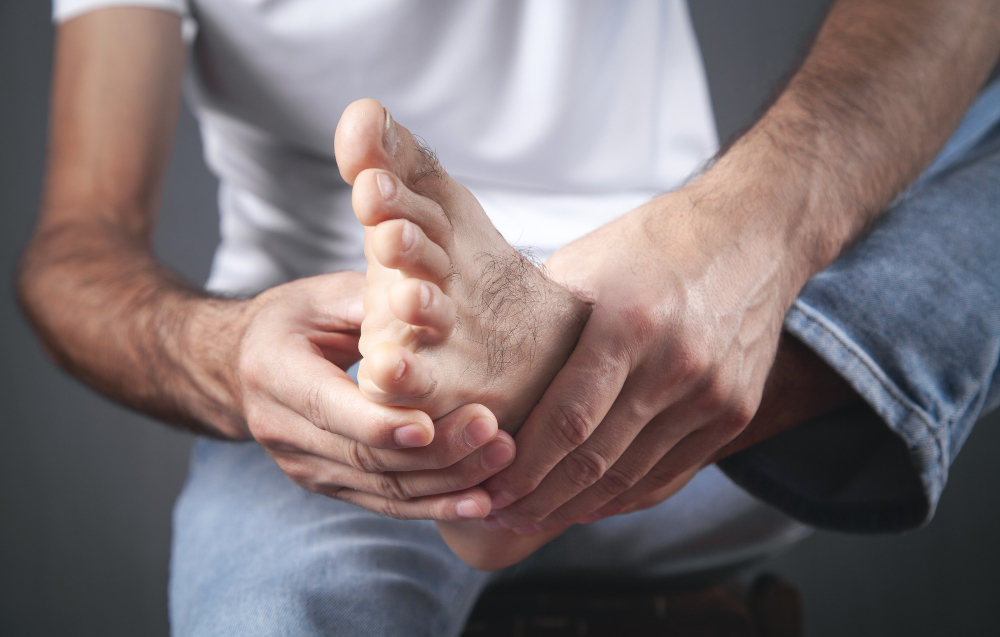
Arthritis
Arthritis, or joint pain or joint disease, is the leading cause of disability in America. More than 50 million adults and 300,000 children are suffering from some type of arthritis. Common symptoms include swelling, pain, stiffness, and decreased range of motion. Severe arthritis can result in chronic pain, inability to perform normal day-to-day activities, and has the potential to cause permanent joint damage.
To determine whether or not you may be suffering from arthritis or to determine the severity, your medical professional will perform blood tests and conduct an imaging scan (ie: x-ray, CAT scan or MRI). Eating healthy, staying active, and understanding your type of arthritis and treatment options is crucial to decreasing your discomfort and paving the way for an enjoyable, happy life.
request an appointment